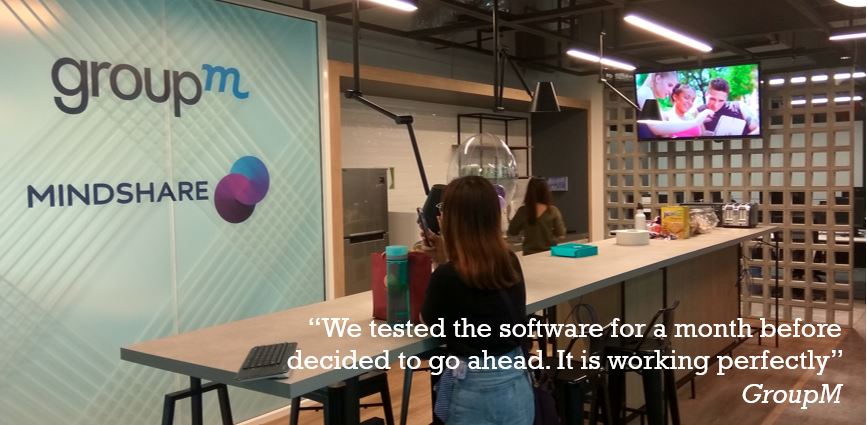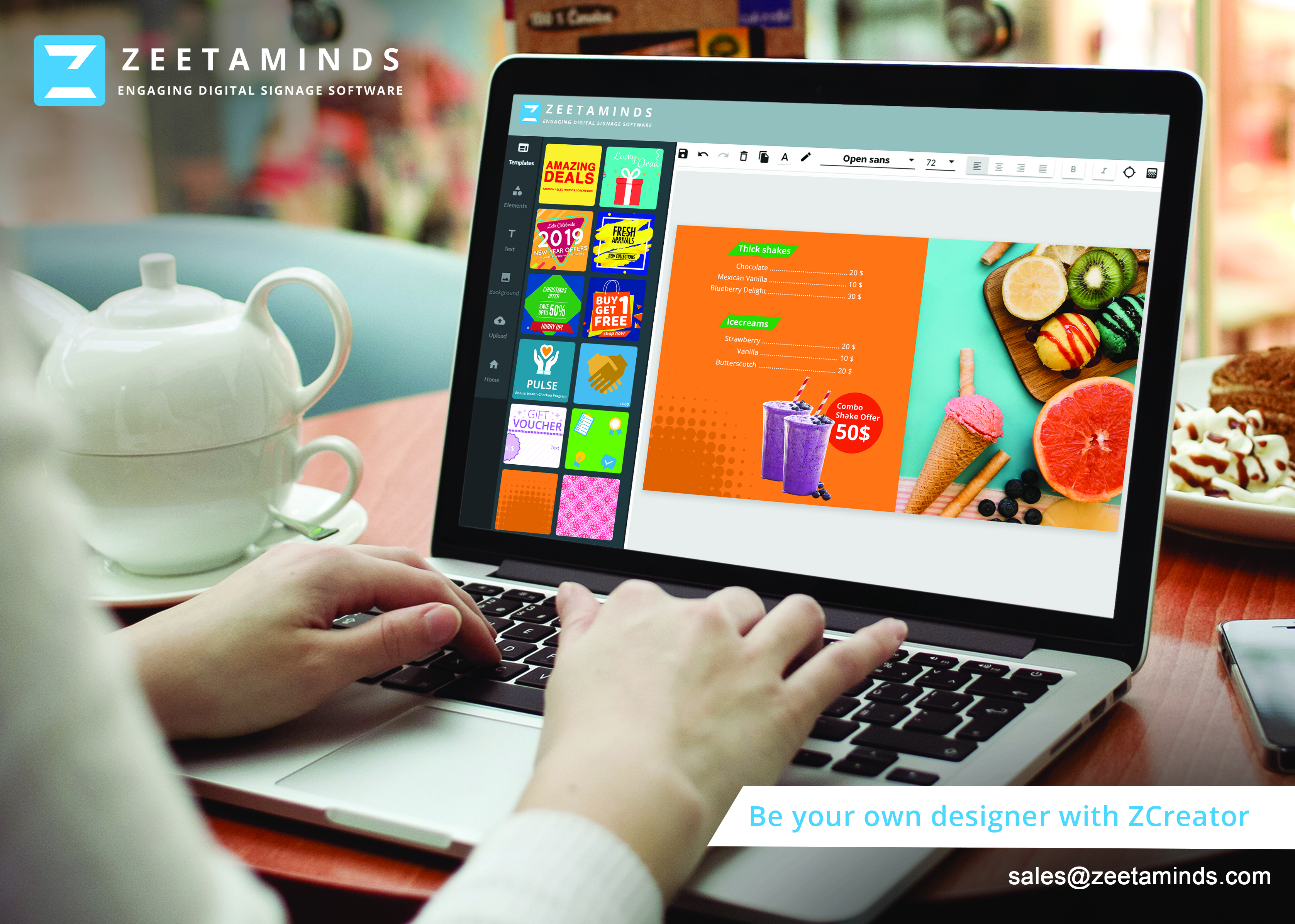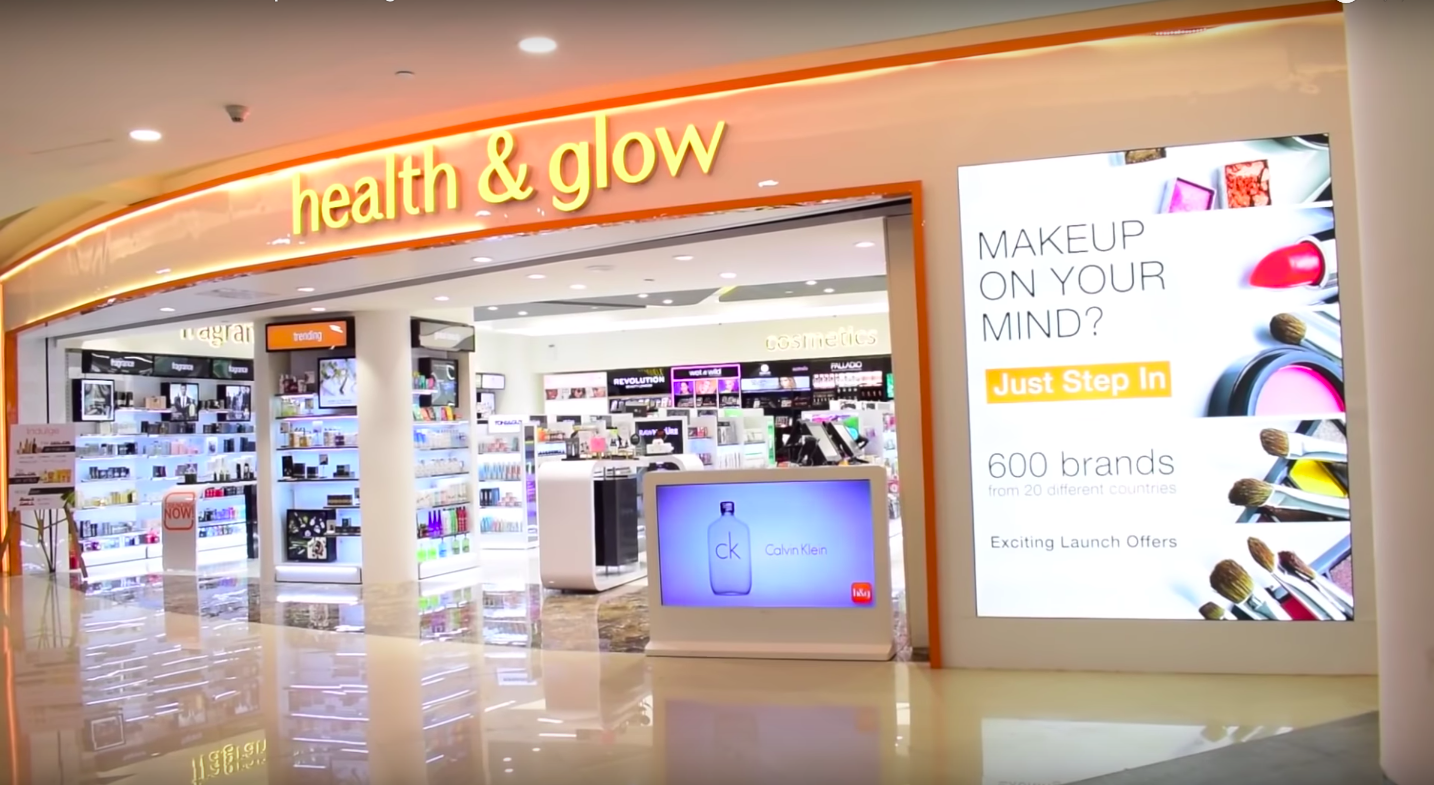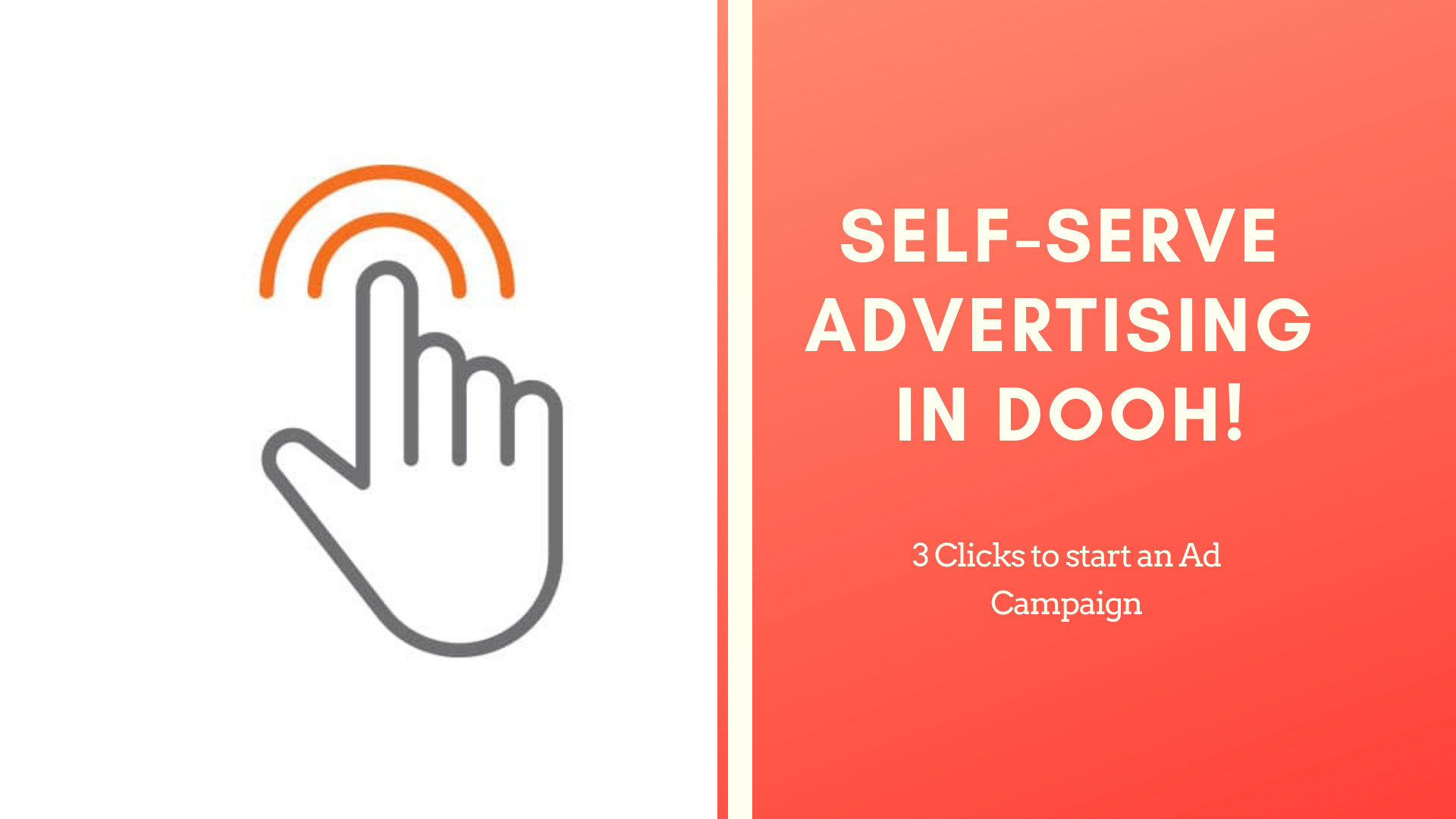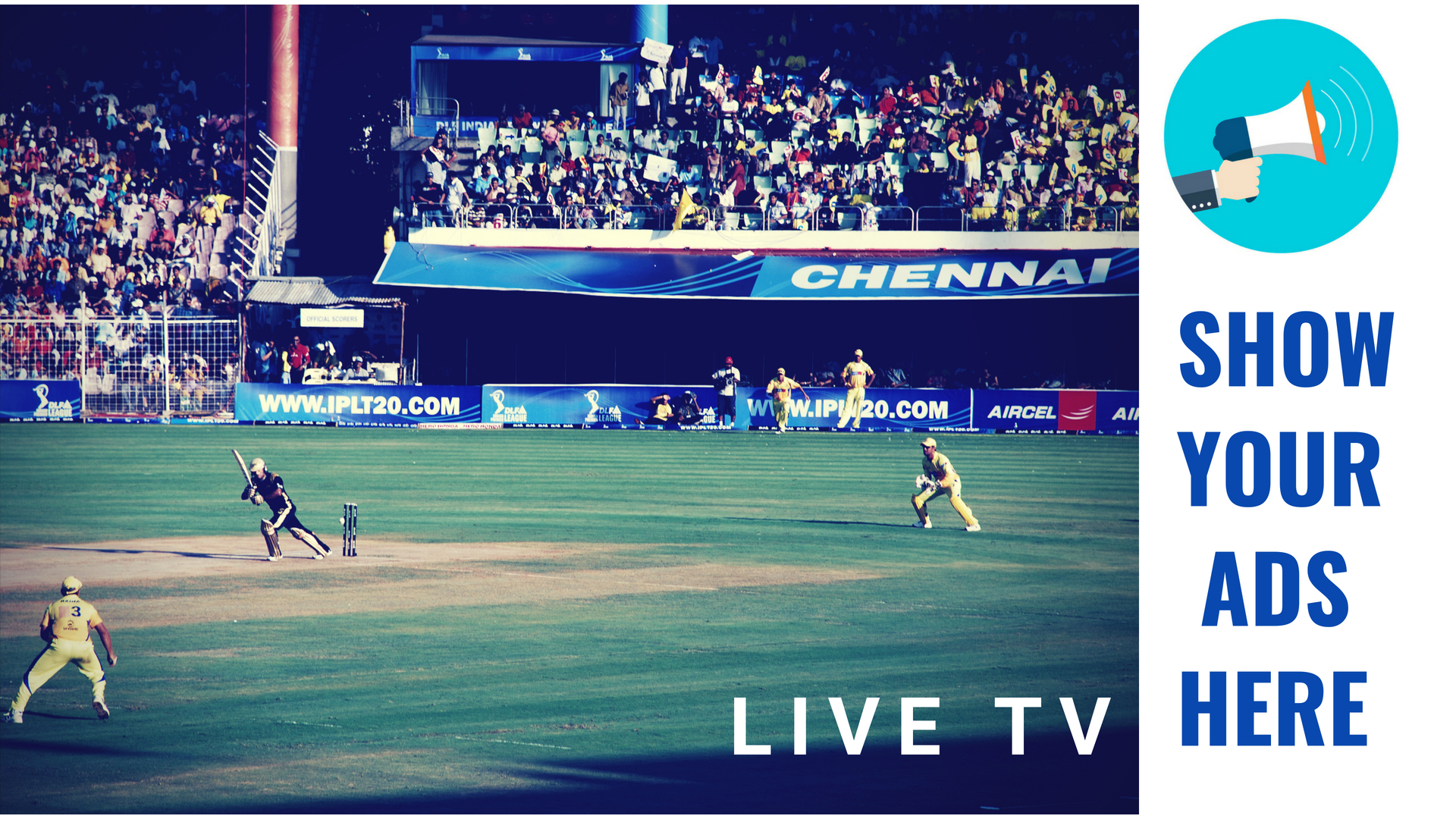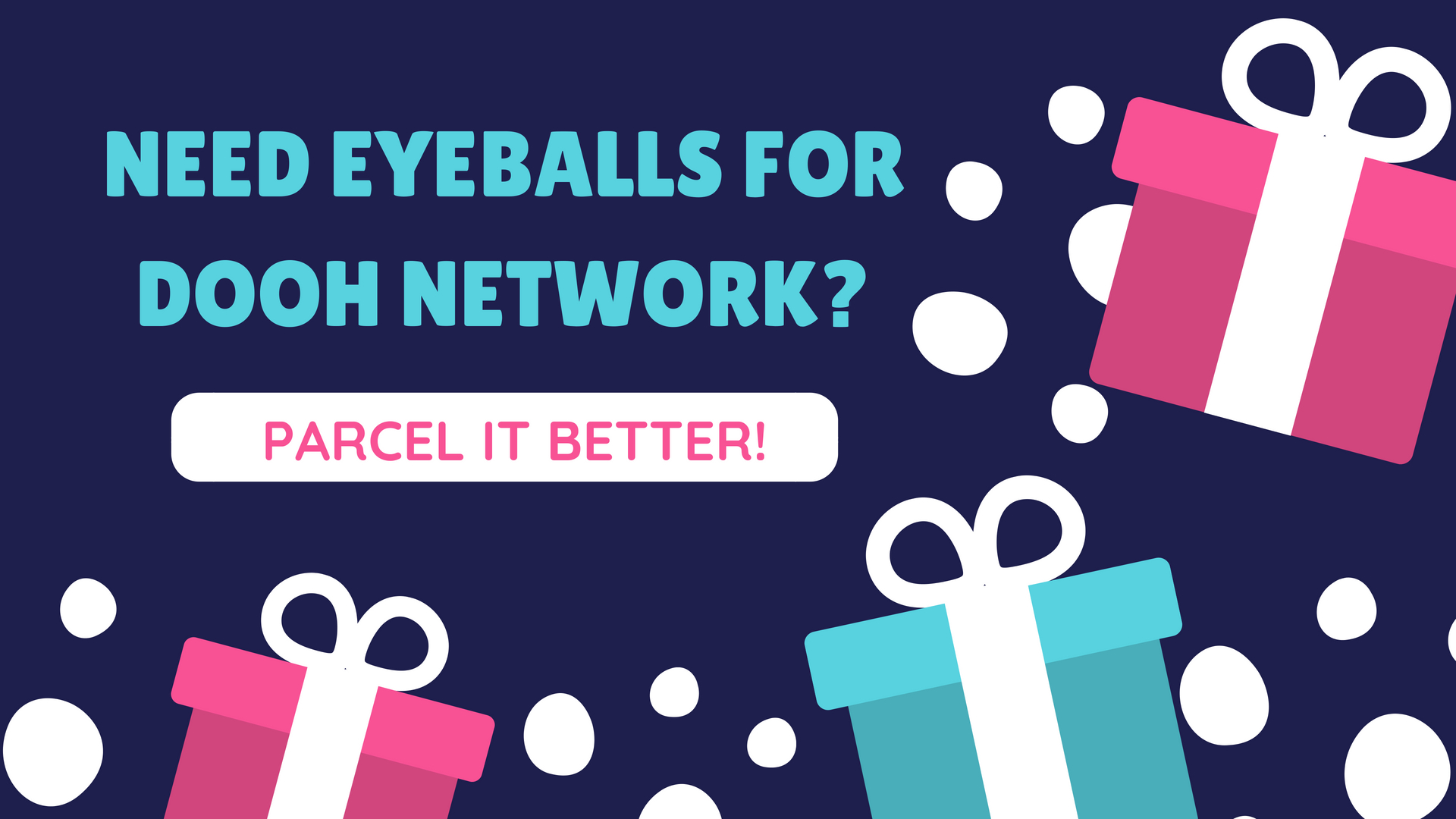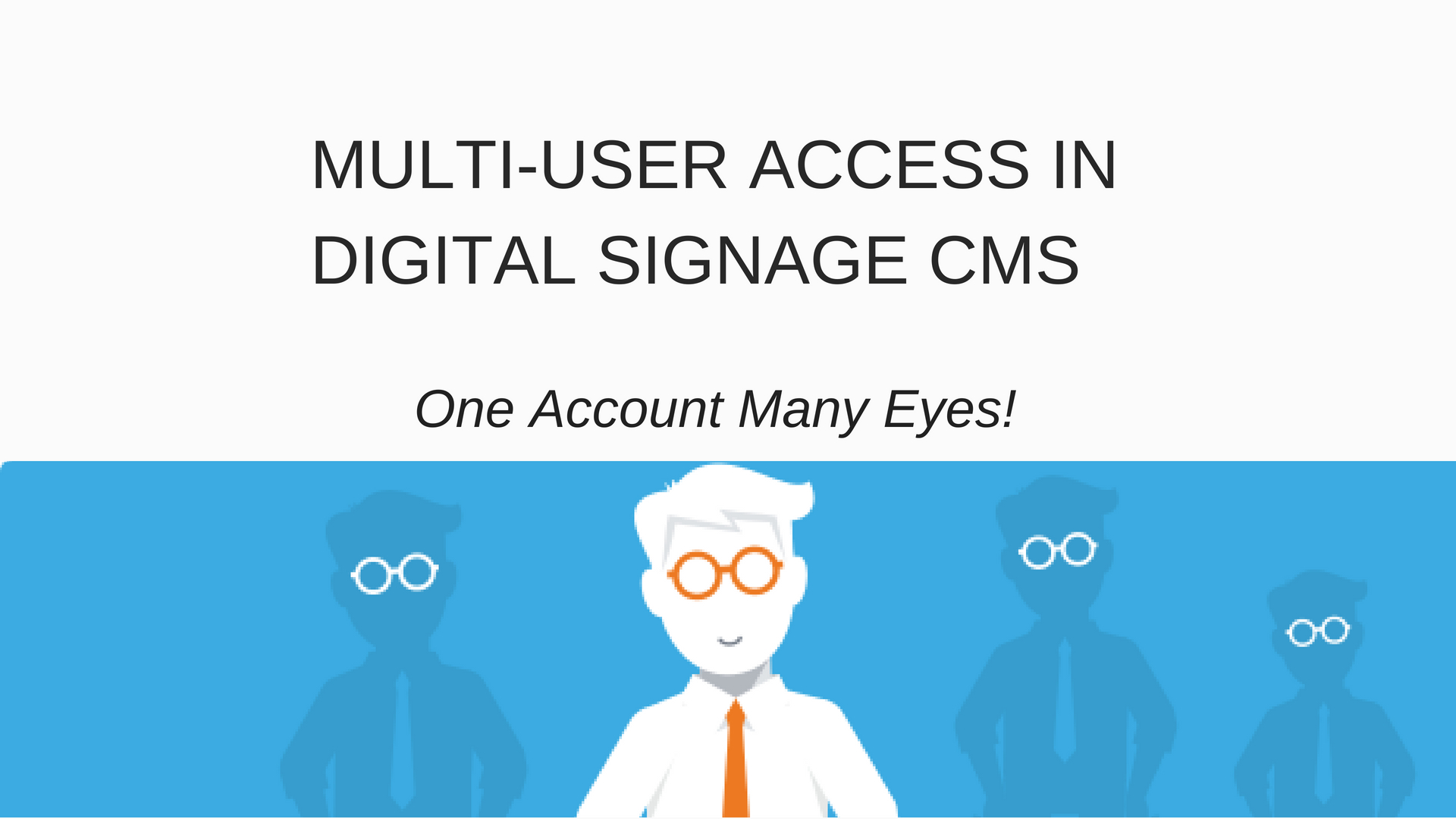Author Balaji
Want to know why GroupM; the world’s largest advertising media company chose Zeetaminds as their Digital Signage Software?
An easy and effective content Creation tool for Digital Signage.
Create a basic template in minutes and broadcast to displays.
Case Study on Health & Glow: How a cosmetic retail brand was able to utilise digital signage in their branding process!
Two new features related to media files which garnered a lot of appreciation in the recent time for Zeetaminds are Media Expiry and Ad-Replace. While Media Expiry addresses future changes, Ad-Replace simplifies the present changes.
Most DOOH companies currently operate screens using a cloud-based CMS. The CMS operator is usually responsible for uploading the Ads and broadcasting them to the displays according to the slot booking info provided by the sales team.
Digital Out Of Home is rapidly growing due to decrease in hardware costs, an increase in connectivity and the advancements happening on the Digital Signage Software. More than anything, big brands started embracing Digital Signage as a medium for marketing.
Places like restaurants, lounge bars, hotels etc show satellite content on the displays. Playing Live football or cricket matches or any entertainment content keeps the customers hooked to the display.
Ads don’t get views unless it is genuinely useful to the viewer or is ultra-creative, which is seldom the case. Hence, the need to push Ads through some form of entertainment or useful information is critical. The same applies to DOOH Players.
One Account, Many Eyes symbolizes Multi-User feature in Digital Signage. This feature is essential for DOOH networks, QSR Chains, Corporates with multiple offices and Retail chains.
Every successful enterprise values customers and strives for excellence in Customer Satisfaction. For Digital Signage Companies (Hardware or Software), equally important are Resellers. Digital Signage Resellers are the key stakeholders responsible for the brand’s growth albeit the less rewarded ones.
